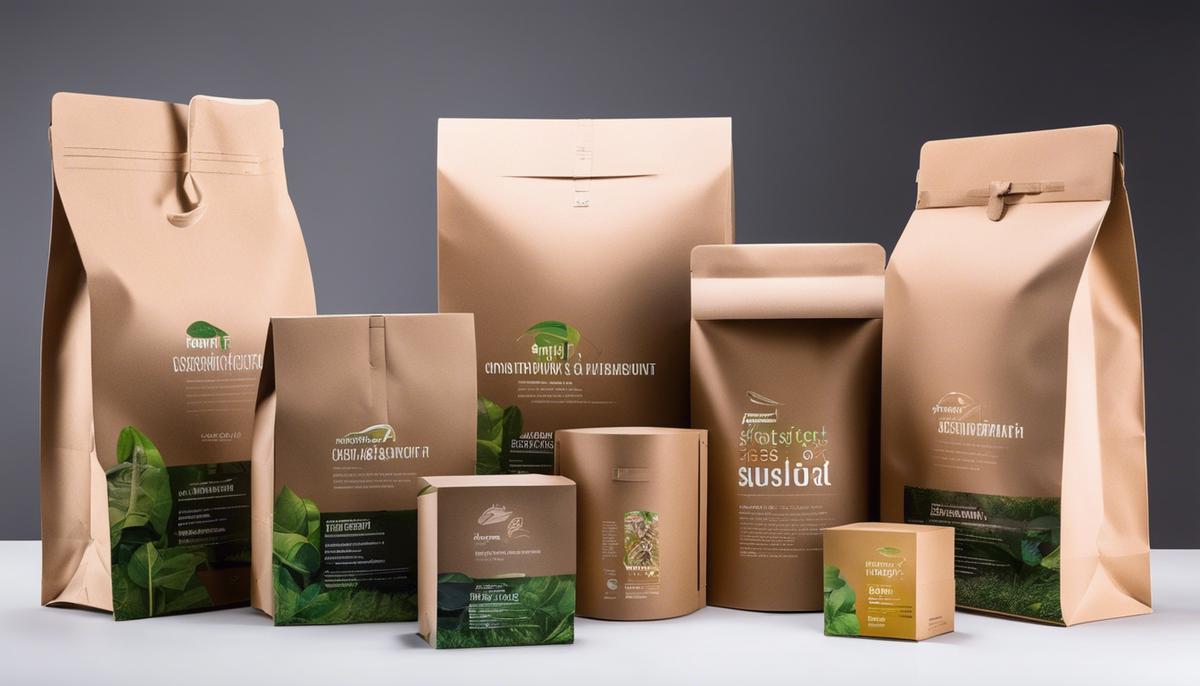

Agridisk
Egypt - Alexandria
.jpeg)
Sustainable food packaging | What is the most sustainable packaging material for food?
Description: The accelerating need for adopting sustainable practices is actively molding the global food industry, with sustainable packaging emerging as a focal point of this evolution. Recognizing the broad-reaching environmental implications and intensifying consumer demand for eco-friendly solutions, the transition towards sustainable packaging has become an imperative for businesses. However, navigating this complex shift requires a deep understanding of the driving forces, technological advancements, market dynamics, and strategies for overcoming challenges. This discussion paints a holistic picture of sustainable food packaging, unfolding its necessity, innovative materials and technologies, industry trends, commercial potential, and paths to navigate around associated obstacles. A paradigm shift is occurring in industries worldwide, and the packaging sector is no exception. Several industry leaders have begun to place an imperative emphasis on sustainable food packaging. No longer is it an add-on green agenda; it's now considered a dire necessity. Primarily driven by increased consumer awareness, legislative pressure, and environmental concerns, sustainable packaging in the food industry is now not only gaining momentum but also opening doors for proactive innovation and business opportunities. Consumer consciousness is at an all-time high. People globally are becoming more aware of the environmental impact of waste and the role of packaging in exacerbating this issue. A growing segment of the market scrutinizes labels, seeks out eco-friendly packaged products, and doesn’t shy away from paying a premium for those. Social media and digital platforms have amplified this trend, making it increasingly important for businesses to step up. Not addressing this consumer shift could bear hefted costs, including lost sales and tarnished brand image. Meanwhile, legislative pressures are also escalating. Governments and regulatory bodies across the globe are enacting stricter regulations regarding packaging waste management. Businesses are being held accountable for the entire lifecycle of their packaging materials, prompting them to rethink their strategies. Many companies are now actively focusing on using sustainable, recyclable, or compostable materials to circumvent these regulatory hurdles. In addition to consumer demand and regulatory pressure, the persistent environmental crisis further advocates the urgency. Consider the numbers: Research indicates that plastic packaging waste alone accounts for nearly 47% of the plastic waste generated globally. It is imperative for business leaders to adopt sustainable practices and reduce this impact. This doesn't imply a call for abandoning plastic altogether but emphasizing using sustainable alternatives, improving recycling practices, or innovating in the packaging design to use less material. The transition to sustainable food packaging is not merely for risk mitigation or compliance - it opens vast avenues for innovation and growth. Entrepreneurs and startups are fervently exploring this space, devising novel materials and technologies, and creating disruptive solutions. Meanwhile, established businesses have a chance to reinvent their packaging strategies, potentialize cost savings, and gain a competitive edge by appealing to the eco-conscious consumer. Incorporating sustainability into packaging strategies isn't just the ethically right thing to do, it's also good business. As savvy as leading industry players have been in recognizing trends and capitalizing on them, the emphasis on sustainable food packaging is a testament to the direction businesses are heading. It's more than a phase – it's a strategic move that reflects an understanding of the changing business landscape, consumer mindset, regulatory norms, and the planet's predicament. It's about marrying innovation, business acumen, and ethical responsibility to usher in a sustainable future. So, the question that begs to be asked isn't why industry leaders have started to emphasize sustainable food packaging, but rather, how soon the others will follow suit. Stepping into the futuristic realm of innovation, the global landscape of food packaging has been revolutionized by radical advances in material science and technology, all fixated on sustainability. This transformation fuses environmental consciousness with the indispensable need for packaging foodstuffs, subtly modulating consumption patterns without disrupting the convenience of pre-packaged foods. A prominent player in this new arena is biodegradable and compostable materials, better known for their ability to break down over time and replenish the soil. The remarkable progression in the development of bio-plastics derived from renewable resources, like Polylactic Acid (PLA), is a testament to technology's power in driving sustainability. A prime example is the water soluble packaging made from marine-safe edible materials, one of the many radical innovations in this space, dramatically reducing plastic pollution in aquatic environments. Technology, meanwhile, is not shy about making strides in this sector. Leveraging the latest advancements in nanotechnology, we witness the application of nanomaterials in food packaging. Engineered at the molecular level, these materials possess enhanced barrier properties, increasing the shelf life of food and extending the boundaries of what packaging can accomplish. The marriage of nanotechnology with packaging design is nothing short of revolutionary – a testament to our ability to innovate while keeping sustainability at the forefront. Besides this, edible packaging materials, another breakthrough concept, are redefining boundaries. Imagine biting into a juicy burger, where the wrapper is as delectable as the contents. Such a concept is not a pipe dream but a reality thanks to innovations leveraging on food-derived materials like seaweed and milk proteins, reinforcing the call to minimize packaging waste. Active and intelligent packaging, on the other hand, is best deemed as packaging with a brain. Marcoing another decisive leap towards sustainability, it involves the utilization of changes in the packaged environment, or stimuli from outside for releasing or absorbing substances, thereby maximizing food preservation and simultaneously reducing food waste. Integration of technology, particularly blockchain and IoT, is also fostering transparent and traceable packaging. This supports consumer's demand for accountability and instils confidence by providing verifiable information about the product's journey from source to shelf. While these developments are remarkable, they do not grow in isolation. Collaborations, exchange of ideas and synergies among various stakeholders, from startups to the corporate giants and research institutions, have played an instrumental role in harnessing sustainability. Networking events or industrial expos act as dynamic platforms for the exchange and extrapolation of such knowledge, creating a nurturing ecosystem for further innovation. In conclusion, the revolution in sustainable food packaging is here, marked by radical transformations and innovations. Unprecedented advancements in material science and technology have lept us into this new era of packaging that marries convenience and conscience. If there was ever a trend to be excited about in the business world, this should unequivocally be the one. With a planet to save and a business to grow, let's be a part of this journey towards streamlining our supply chains with sustainability at its core. Diving into the dynamic landscape of sustainable food packaging, one cannot help but notice the game-changing trends that are redefining this consequential sector. A strong thrust towards integration of disruptive technologies and unveiling of novel materials are shaping the future of food packaging, thus arising an immediate need for businesses to gain a grip on these emerging dynamics. Biodegradable and compostable materials have rapidly risen to the front lines of food packaging. Not only are perishable, plant-based materials making their mark, but compostable packaging is also increasingly aiding in waste reduction through materials that decompose within a few months under suitable conditions. This innovative stride allows businesses to contest the cycle of environmental degradation, thereby gaining a competitive edge. Embracing the idea of sustainability, companies are turning increasingly towards the development of bio-plastics derived from renewable resources such as corn and sugarcane. As these natural polymers present considerably lower carbon emissions during their life cycle, their potential to revolutionize the food packaging domain is exponential. Moreover, the concept of water-soluble packaging, made from marine-safe edible materials, is gaining traction. Marine biodegradable plastic replacements defy the mortal enemy of sustainability, plastic pollution. Their complete disintegration in a natural environment further reinforces their promising value as future leaders in packaging innovations. More so, it would be remiss to not speak of nanotechnology, another leading player in this transformative journey towards sustainable food packaging. Enhancing shelf life, detecting food spoilage, and ensuring product integrity, nanotechnology has potential to transform the face of contemporary packaging solutions, thus representing substantial investment opportunities. The recent ride on the wave of smart technology has opened the doors for active and intelligent packaging. Integrated with components to monitor freshness, indicate temperature, detect pathogens or improve convenience, such smart packaging reinforces waste reduction. Thereby, it presents itself not as a trend but as a profound transformation in the food packaging sector. Simultaneously, the integration of blockchain and IoT technology is demonstrating a seemingly symbiotic relationship with sustainable packaging. The inherent transparency and traceability offered by these technologies stand to benefit the industry by reinforcing accountability, improving sustainability reporting and ensuring ethical supply chain management. Lastly, despite having standalone significance, all these trends cumulatively amplify the potential of sustainable food packaging when done in collaboration. Therefore, businesses must foster conducive partnerships and network extensively with stakeholders. Be it startups, research institutions, competitors or suppliers, collaboration is the key to accelerating innovation and scaling up the rapid drive towards sustainability. In a nutshell, sustainable food packaging is far beyond a mere trend; it is a formidable strategy molding the future of industries. It suggests an explicit call to action for businesses to align with these dynamics, harness them resourcefully, and shape an era of sustainable food packaging that champions the cause of a healthier planet. However, navigating this landscape is not without its challenges. One of the most critical challenges in adopting sustainable food packaging is the high upfront cost compared to traditional plastic packaging. These costs can include the research and development phase, production, and sometimes even marketing to educate consumers about the benefits of sustainable packaging. However, businesses should see these costs as strategic investments that can yield great returns in terms of customer loyalty, brand value, and regulatory compliance. Additionally, supply chain complexities can pose significant hurdles. Resource procurement, especially for bio-based materials, can be difficult due to competition with other sectors for the same resources. Moreover, bio-plastics derived from renewable resources often require specific conditions to decompose, stressing waste management infrastructure already grappling with mixed waste streams. However, these challenges present exciting opportunities. Through cross-industry collaboration, businesses can create shared value. For instance, companies can collaborate with food producers to divert organic waste towards the production of bio-plastics, creating a win-win situation for all parties involved. Nanotechnology advancements can also help bypass some challenges. With nanotechnology, companies can develop new materials with superior preservation abilities, reducing food waste and enhancing product life shelf. Furthermore, integrating blockchain and IoT technology is not just a buzzword. These technologies can lend tremendous support in creating transparent, traceable supply chains, ensuring sustainability claims are verifiable, and fostering trust with consumers. Lastly, positive disruption often arises from partnerships. Businesses should forge networks and alliances with multiple stakeholders, including government bodies, NGOs, and other industry players. Through these collaborations, organizations can spur innovation, spread risk, and accelerate the adoption of sustainable packaging. While the path to sustainable food packaging might seem strewn with obstacles, the stakes and rewards are high. Each challenge faced is an opportunity for growth and improvement. Businesses willing to innovate and invest will surely reap the dividends, benefiting not just economically but ethically, and environmentally as well. Bold, intelligent decisions taken today will undeniably shape the sustainable future of our world for the better. Spheres of Impact: Monetization through Sustainable Packaging Industries the world over are witnessing an undeniable shift towards the adoption of sustainable practices, a paradigm that is being passionately embraced within the realm of food packaging. With steady pressure from legislation, growing consumer demand, and an increased awareness of the environmental impact of plastic pollution, industries are being nudged, rather enthusiastically, towards a greener future. The process has begun, emerging as a harmonious blend of growth opportunities, innovation and sustainability, all of which are paving the way for businesses to successfully monetize the transition to greener packaging. The burgeoning development and adoption of bio-plastics, biodegradable and compostable materials have been remarkable. Derived predominantly from renewable resources, these materials present an innovative step towards reducing packaging waste. Yet, monetizing this transition isn't a walk in the park. High upfront costs compared to traditional packaging options present themselves as formidable entry barriers. Biodegradable materials, although sustainable, still require careful consideration in terms of resource procurement, given the complexities of the supply chain involved. To confront these challenges, cross-industry collaboration emerges as a viable solution. By entering into meaningful partnerships, businesses can pool resources to drive innovation, offset costs, and subsequently create packaging that is not only sustainable but also financially appealing. These collaborations have the potential to promote economies of scale, making biodegradable packaging options a commercially viable choice and thus driving their wider acceptance in the marketplace. Moreover, introducing novel technologies into the mix can further enhance the value proposition. Nanotechnology, for example, offers promising applications in food packaging to enhance preservation capabilities, genuinely reducing food waste and enhancing shelf appeal, thereby aligning both sustainability and profitability. In the same vein, the integration of blockchain and Internet of Things (IoT) technology provide businesses with the ability to create transparent, traceable supply chains that not only resonate with the conscious consumer but also streamline operational efficiency. Whether it's tracing the source of bioplastic material or tracking the lifecycle of compostable packaging, blockchain can provide an unparalleled level of transparency, which in turn can be used as a unique selling point. Furthermore, as businesses navigate the integration of these new technologies, they should also consider the potential of marine-safe, water-soluble and edible packaging. These radical innovations which once seemed the stuff of science fiction are gradually becoming market realities. By investing in research and development for these types of transformative materials, businesses open up possibilities for truly disruptive products, boosting profit margins while reducing environmental footprints. So while it's undeniable that challenges exist in monetizing the transition to sustainable food packaging, one thing is for sure: those companies that recognize these challenges as opportunities stand to gain the most. The advantages of investing in sustainable food packaging go beyond merely balancing the demands of profitability and environmental conservation - they have the potential to propel businesses into a new era of innovation, collaboration, and growth, one where conscience and commerce coexist harmoniously. Sustainable food packaging is not just a fleeting trend; it is a monumental paradigm shift shaping the future of the food industry. The merits stretch beyond environmental responsibility, providing advantageous ROI, increased brand value, and competitive edge to businesses. Nonetheless, this journey is not without its share of barriers — technical, financial, and supply chain complexities can prove daunting. However, strategic planning coupled with leveraging the latest innovations can help overcome these hurdles. Ultimately, the possibilities and potential offered by sustainable food packaging are vast, and it presents an extraordinary opportunity for businesses to reinvent their operations while contributing positively to our planet's well-being. Centered at the intersection of environmental safety and food preservation, sustainable packaging in the food industry is becoming increasingly important. It encompasses several aspects, like recyclability, biodegradability, and an overall evaluation of the material's life-cycle. An understanding of prevalent food packaging materials and assessment of their sustainability is integral to charting the path forward. This involves looking beyond just the cost and practicality, to also evaluate the ecological impact. Furthermore, as society leans towards environmentally responsible practices, there is a growing effort to identify sustainable alternatives like bio-based plastics and edible materials. Despite several challenges, these materials provide a beacon of hope in our pursuit of sustainability. Sustainable packaging, an essential notion within the realm of modern ecology, forms a cornerstone of the ongoing discourse within the realms of food manufacturing and distribution. The meticulous examination of this dynamic reveals the complexity inherent in the objective establishment of a sustainability threshold for food packaging. At its core, sustainable packaging refers to the process of designing and using packaging methods that demonstrate a high degree of environmental sensitivity throughout their lifecycle. This covers aspects from the extraction of raw materials, to manufacture, distribution, and end of life, such as disposal, recycling or composting. Delving into the initial phase of the lifecycle, the extraction of raw material, the sustainability metric is established by the ecological footprint of the resource acquisition process. The merit is assigned to packaging constructed from renewable or abundant resources, such as bamboo or recycled paper, that impinge minimally on the natural environment. From the manufacturing lens, sustainable packaging emphasizes energy efficiency and the minimization of waste products. This necessitates new advancements in technology and engineering, enabling the reuse of wasted energy or significantly scaling down energy consumption. A factory that utilizes solar or wind energy to manufacture packaging earns accolades for sustainable practices. Distribution, a phase often overlooked in discussions of sustainability, necessitates considering the weight and volume of packaging, which subsequently impact fuel consumption during transportation. Optimal sustainable packaging designs are light and compact, thereby minimizing carbon emissions and further mitigating the ecological impact. End of life handling of packaging, perhaps the most widely recognized aspect, underscores the importance of biodegradability, recyclability, or compostability. Packaging that persists in the environment contributes to pollution and biodiversity loss, while packaging that can be effectively recycled or composted mitigates these harmful outcomes. Despite these established parameters, the task of designating any specific packaging as comprehensively sustainable remains a complex challenge. The interaction of economic feasibility, consumer acceptance, and regulatory guidelines often complicates the pursuit of absolute sustainability. An oft-mentioned example is biodegradable plastics that may require industrial composting facilities to break down properly – a resource not universally available. In summation, sustainable packaging for food is not defined by a solitary factor, but by the amalgamation of environmental considerations at each stage of the lifecycle. It requires the meticulous balancing of ecological impact with practicality. As this dialogue continues to evolve, the hope is that innovative solutions will pave the way towards a more sustainable future. Sustainable packaging represents a crucial part of this jigsaw puzzle, with the potential to not only reduce our environmental footprint, but to redefine our relationship with the food we consume. Diverse materials populate the realm of food packaging, each possessing its distinct properties and environmental implications. An analytical focus on these materials is imperative to assess their sustainability and strategize for a more environmentally friendly future. Firstly, polymer-based materials, such as Polyethylene terephthalate (PET), Polypropylene (PP), and Polystyrene (PS), are a staple in food packaging, favored for their durability, flexibility, and light weight. However, these materials pose significant environmental challenges, particularly around the aspects of waste management and recyclability. The non-biodegreadable nature of these polymers render them a long-standing ecological issue. Similarly, aluminum, used primarily for cans and foil, demonstrates both advantages and concerns. Despite its excellent recyclability and long shelf-life properties, aluminum's extraction and refining process is energy-intensive, resulting in considerable emissions. Additionally, the high rate of contamination during recycling creates obstacles to its sustainable management. Paper and cardboard, on the other hand, promise better environmental profiles as they derive from renewable resources and exhibit strong recyclability. The caveat, however, lies in the considerable water and energy consumption during manufacturer. Furthermore, paper’s organic nature renders it susceptible to degrade when interacting with moisture, lessening its effectiveness as food packaging material. Glass is another frequently utilized packaging material. It is reusable, 100% recyclable without loss in quality, and safe for consumers. However, glass’s high weight and the energy required for its production and transport weaken its sustainability score. Lastly, innovative bioplastic materials, such as Polylactic acid (PLA), have emerged as potential alternatives. Produced from renewable biomass, bioplastics can biodegrade and show lower carbon emissions during production, yet issues with waste management and resource competition (food vs. packaging) reveal that these materials are not a silver bullet. The sustainability of these common materials is not merely a sum of their ecological footprints. Their application, consumer awareness, regulatory context, and strong end-of-life management measures play equally vital roles. It is, thus, paramount for academia, industries, and policy-makers to collaboratively ideate, innovate, and implement solutions—across the lifecycle of packaging—that balance environmental integrity with function. In conclusion, although the road to sustainably packed food might be laden with complexities, the countless innovations and dedicated research render optimism that a greener, healthier, and more sustainable relationship with food is not just a utopia, but a attainable reality in the making. Delving directly into the crux of the article, one does realize that the journey towards sustainable food packaging is a multifaceted challenge. It requires innovation to be sustainable not only at the materials level but also across the packaging life cycle. Today's elaborate discussion shall focus on exploring the promising sustainable materials for food packaging that have shown immense ability to address both ecological and functional concerns. One compelling candidate in this arena is bio-based packaging materials made from agricultural residues. Agricultural residues—rich in natural fibers like cellulose and lignin—promise an eco-friendly alternative. The process of creating packaging from agricultural residues facilitates the efficient use of bio-waste, thereby adhering to the principles of circular economy. Additionally, such materials often exhibit remarkable mechanical strength which makes them well suited for several food packaging applications. Seaweed-based packaging too is gaining significant attention. Harnessing marine resources, these materials exhibit a host of beneficial properties such as biodegradability, edibility and antimicrobial effects, all poised to limit environmental harm. Furthermore, the abundant, renewable nature of seaweed resources ensures a sustainable supply chain that is less susceptible to price volatility commonly linked with oil-based plastics. A third promising route is the development of edible food packaging. While the idea of eating the wrapping along with the contained food may seem peculiar, the profound ecological advantages proffer us to reconsider our sentiments. Manufactured from natural edible resources such as proteins, lipids and polysaccharides, they completely bypass the issue of waste generation. Their ability to actively act as a barrier against moisture and oxygen, in addition to flavor and nutrient release, makes them a powerful alternative in the journey towards zero-waste packaging. Coming to the realm of smart packaging, materials incorporated with intelligent systems that extend shelf life, improve safety and enhance convenience are fascinating prospects. Active packaging technologies like oxygen scavengers, moisture absorbers and antimicrobial agents offer benefits beyond basic packaging functions. They leverage the interaction between package, product and environment to extend food life, reduce food waste and improve product safety, hence providing an intersection of technological innovation and sustainability. Lastly, a note must be made about the potential of nanotechnology in the creation of more sustainable food packaging materials. Utilization of nanomaterials such as nanoclays, nanosilicates and nanoparticles of silver, among others, can provide superior protection against gas and moisture penetration, enhancement of mechanical and heat-resistance properties, and can also contribute to lightweighting, thus promising overall sustainability improvements. However, the application of nanotechnology is still confronted with regulatory uncertainties and unanswered questions on potential health and environmental risks, necessitating further research. From synthesizing new bioplastics from food waste to retrieving and repurposing discarded plastics, from smart packaging systems to the promising arena of nanotechnology, the quest for sustainable food packaging materials is poised on the threshold of exciting development. It fosters the realization of an intersection wherein sustainability doesn't have to compromise functionality, but can enhance it instead, presenting a robust foundation towards the meaningful progression of our environmental future. Diligent interdisciplinary research, industrial participation and regulatory cooperation all have significant roles to play in this journey towards a more sustainable panorama of food packaging. Transitioning to more sustainable food packaging involves complex and multifaceted challenges and opportunities that continue to prove influential in both the academic and industrial landscapes. Comprehensive understanding of this transition requires exploration beyond the realm of just materials, delving into the exciting world of innovative technologies and interdisciplinary collaboration. To begin, exploring innovative packaging materials is a necessity. Bio-based packaging materials derived from agricultural residues offer an eco-friendly solution, capitalizing on extensive and often underutilized agricultural byproducts. Associated benefits such as carbon sequestration, biodegradability, affordability, and rural job creation make these materials a highly promising avenue. Seaweed-based packaging represents another fascinating innovation. Emerging as a sustainable alternative, this packaging leverages seaweed's rapid growth, high yield, and carbon-neutral status. Additionally, with seaweed's natural biodegradability and nutritious qualities, this packaging serves a dual purpose when designed as edible food packaging. Indeed, the development of edible food packaging offers an exciting solution to the packaging waste issue. It eliminates the end-of-life disposal, transitioning packaging from being a waste issue to a value-added ingredient. These packagings, based on proteins, polysaccharides, and lipids, are yet to be widely adopted due to challenges related to protection and preservation of food, economics, as well as consumer acceptance. In our relentless pursuit of sustainability, advances in technology open new doors. Smart packaging technologies, for instance, are a game-changer. These technologies, incorporating sensors or indicators, provide a real-time snapshot of food conditions, reducing material usage by keeping foods fresh longer, while minimizing food waste. Pervasive in the sustainable packaging realm is nanotechnology, offering unprecedented control over material properties. Nanoscale materials have the potential to render a breakthrough in the barrier properties, mechanical strength, antimicrobial activity, biodegradability, and recyclability of packaging. Synthesizing bioplastics from food waste represents another groundbreaking development. Transforming waste streams into value-creating products is a defining aspect of the emerging circular economy concept. Similarly, retrieving and repurposing discarded plastics, still lagging due to technical and economic hurdles, presents a great reuse opportunity. Ultimately, the transition to more sustainable food packaging demands concerted effort. Embracing interdisciplinary research, augmenting industrial participation, and promoting effective regulatory cooperation are key drivers of this transition. The shared commitment of academia, industry, and policy-makers will lead to informed decisions, productive discussions, and impactful strategies. In conclusion, while the path towards more sustainable food packaging has its intricacies and challenges, a multitude of promising opportunities adds a tone of optimism and excitement in this journey. Navigating this path necessitates continued research, strategic collaboration, and persistent advocacy for sustainability in order to unlock a future where our food packaging aligns harmoniously with our planet's needs and resilience. As we delve deeper into the practical applications of sustainable packaging materials, it behooves us to consider the intriguing developments occurring in Mushroom-based packaging. This packaging, scientifically known as Mycelium, operates on the synergistic properties of fungi mycelium and various agricultural byproducts. The result is a biodegradable material that is both eco-friendly and economically viable. The real-world applications of Mycelium are vast, with companies like Dell and IKEA already employing this material in their packaging. It offers a reliable and renewable alternative to conventional plastic foam, thus contributing to the reduction in plastic waste generation. Moreover, the production process of Mycelium-based packaging is carbon neutral, making it an attractive choice for companies aiming for carbon neutrality. Next is the exploration of eggshell-based plastics. Eggshells, largely regarded as waste in the food industry, are now being upcycled into polyethylene terephthalate substitutes. The material is biodegradable, non-toxic, and reduces the need for fossil-based raw resources. This area of research highlights the potential of using food waste to counter the adverse effects of plastic packaging on the environment. Turning our attention to another revolution, scientists are exploring the use of Chitosan. This is a biopolymer derived from shellfish waste and can be used to create antimicrobial and moisture-resistant films for food packaging. This supports improved food safety and reduced food waste, pointing to the multifaceted benefits of sustainable packaging innovations. There is another noteworthy emphasis on a synergistic approach between smart packaging technologies and sustainable materials. We now see developments like QR codes and RFID tags on biodegradable packaging materials, enabling enhanced transparency, traceability, and consumer engagement. Moreover, the principle of 3R's - Reduce, Reuse, Recycle - is increasingly being actioned to sustainable packaging. In essence, it promotes minimal use of new materials, preference for reusable or refillable packaging, and preference for materials that can readily enter existing recycling systems. Lastly, the concept of the circular economy has taken center stage in the pursuit of sustainable packaging solutions. This model encourages the design of packaging that can be used, collected, and recycled or composted while retaining its quality. In conclusion, while there is immense focus and subsequent advances in sustainable packaging materials, it is pertinent that this trail is coupled with consumer education and government regulations. This triad can steer our world towards a greener and more sustainable future in food packaging. The journey may be arduous and complex, but the ray of optimism within the scientific community kindles the hopes for a more eco-friendly earth. While strides towards sustainable packaging in the food industry have been made, the landscape is riddled with both challenges and opportunities. It is these challenges that pave the way for innovative thinking and breakthroughs—each offering a chance for not only environmental conservation, but also economic viability. Amidst a paradigm shift toward sustainability, case studies shed light on practical applications and underline the fact that sustainability and business profitability are not mutually exclusive. As we pay heed to these lessons and strive for more responsible packaging, we inch closer every day to a balance between human needs and environmental preservation, affirming a promising future for sustainable food packaging.Sustainable food packaging
Need for Sustainable Packaging in the Food Industry
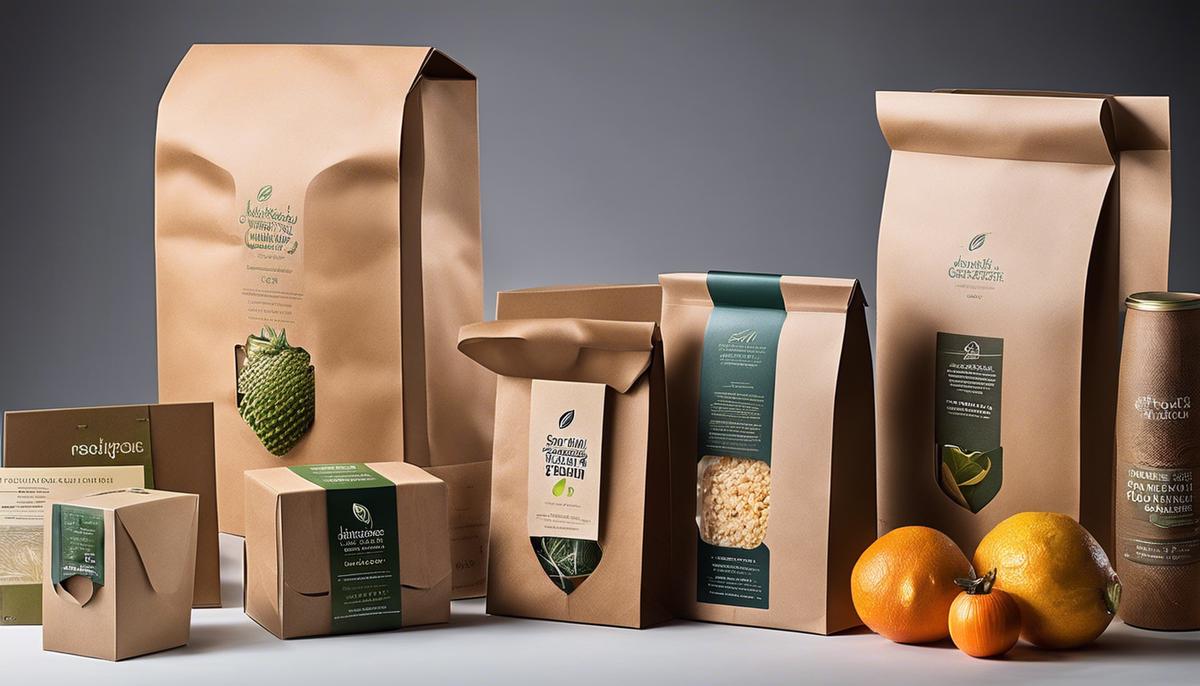
Innovations Driving Sustainable Food Packaging
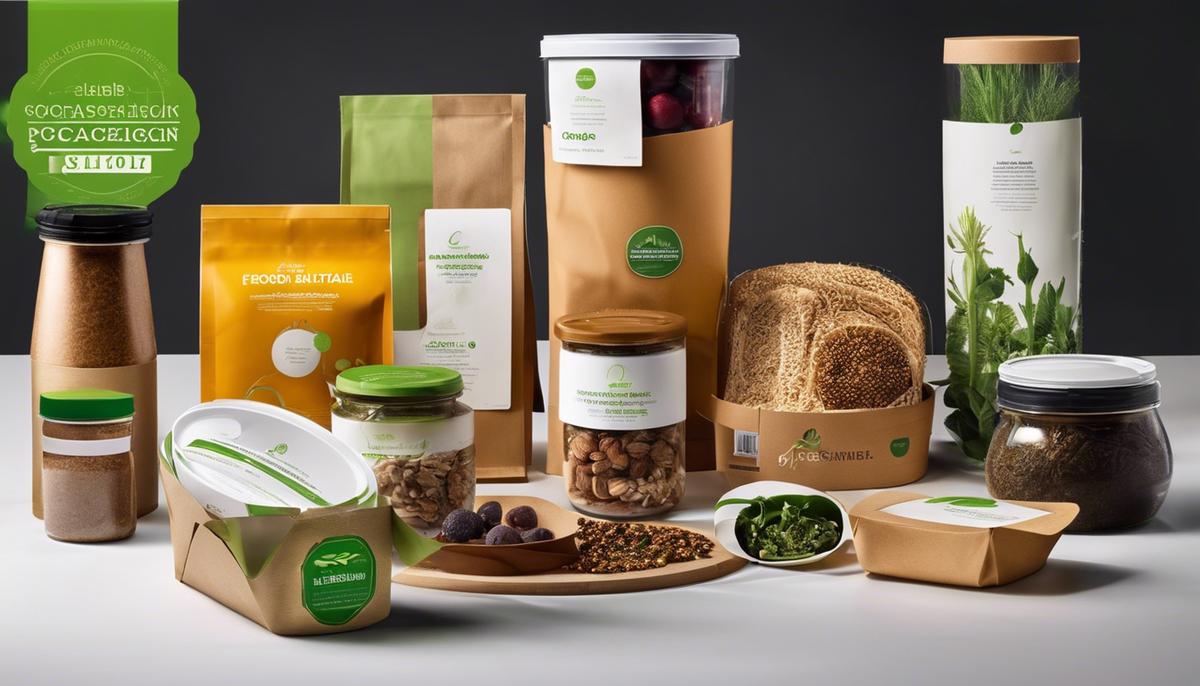
Market Dynamics and Trends in Sustainable Food Packaging
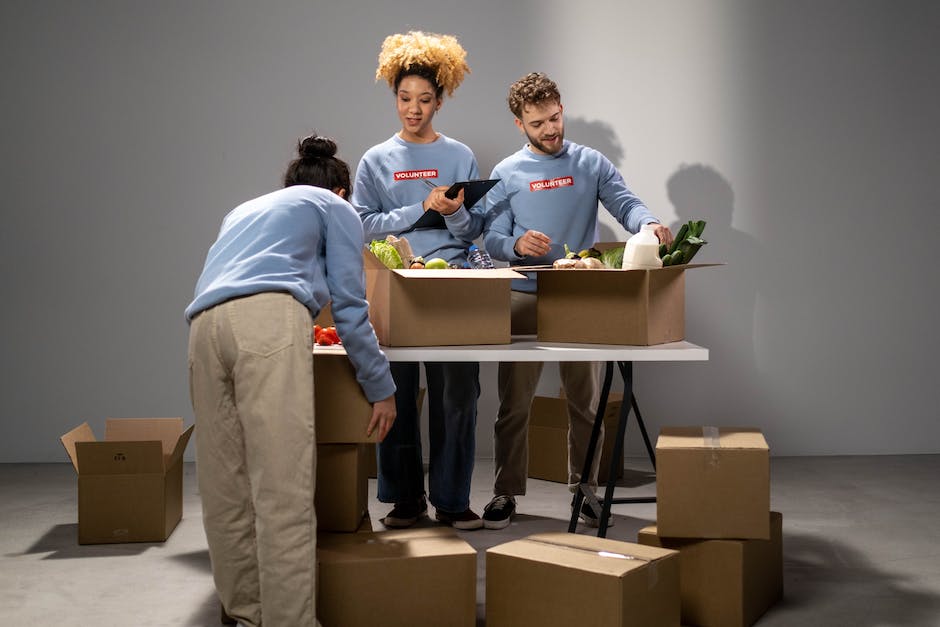
Overcoming Challenges in the Adoption of Sustainable Food Packaging
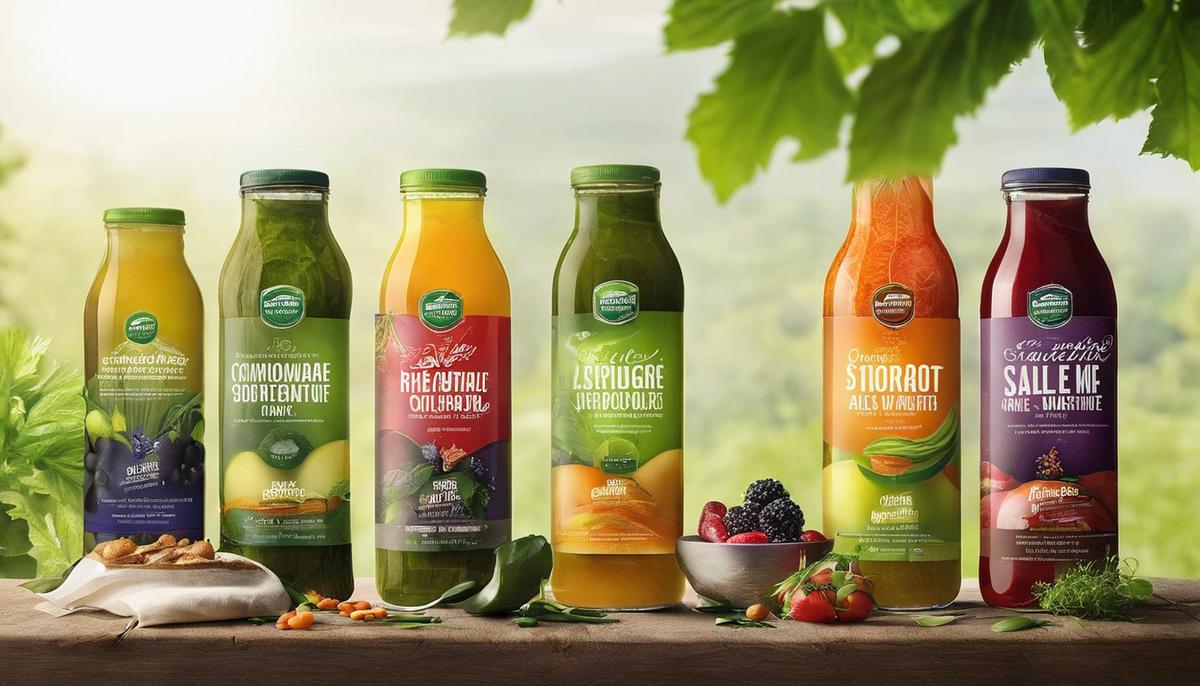
Monetizing Potential of Sustainable Food Packaging

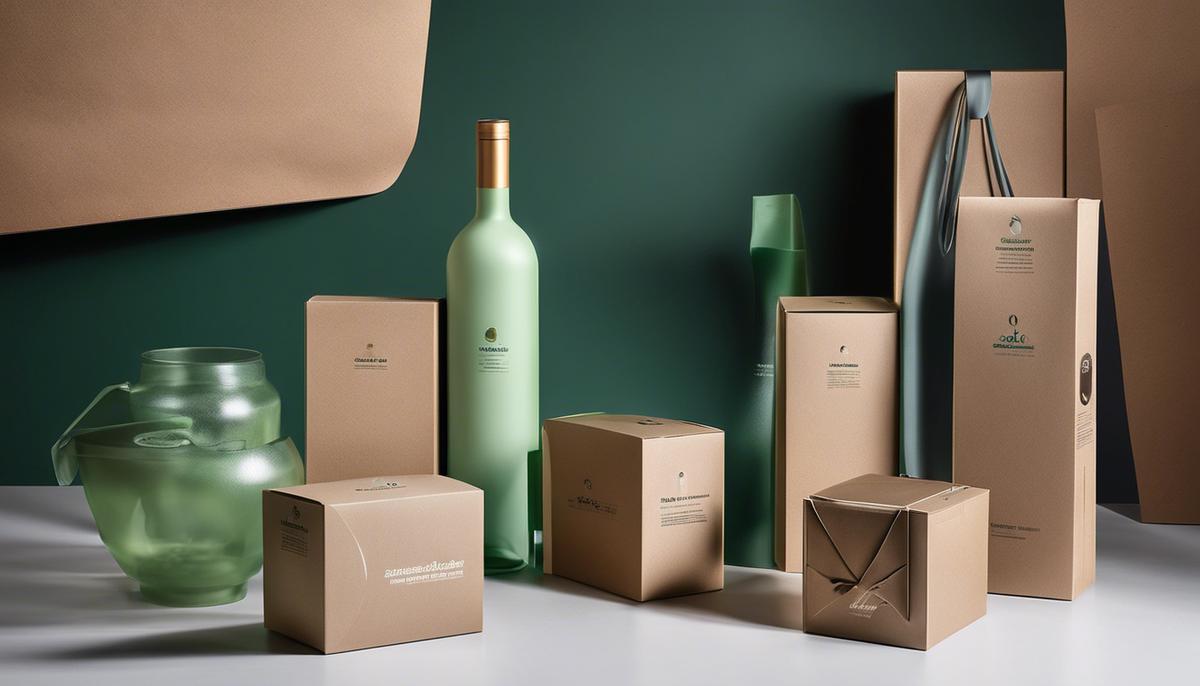
What is the most sustainable packaging material for food?
Understanding Sustainable Packaging
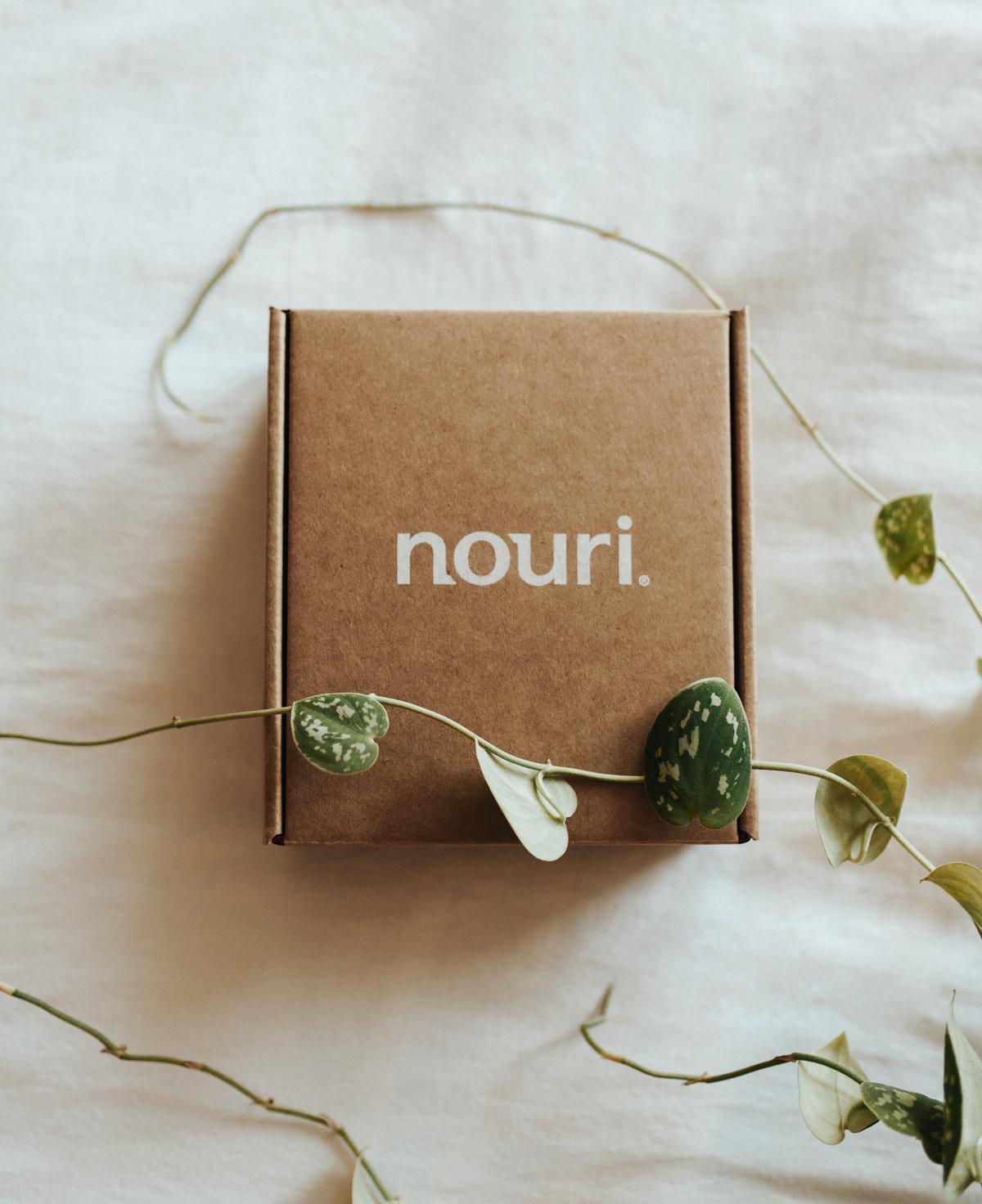
Current Food Packaging Materials
Current Common Materials Utilized in Food Packaging: A Sustainability Analysis
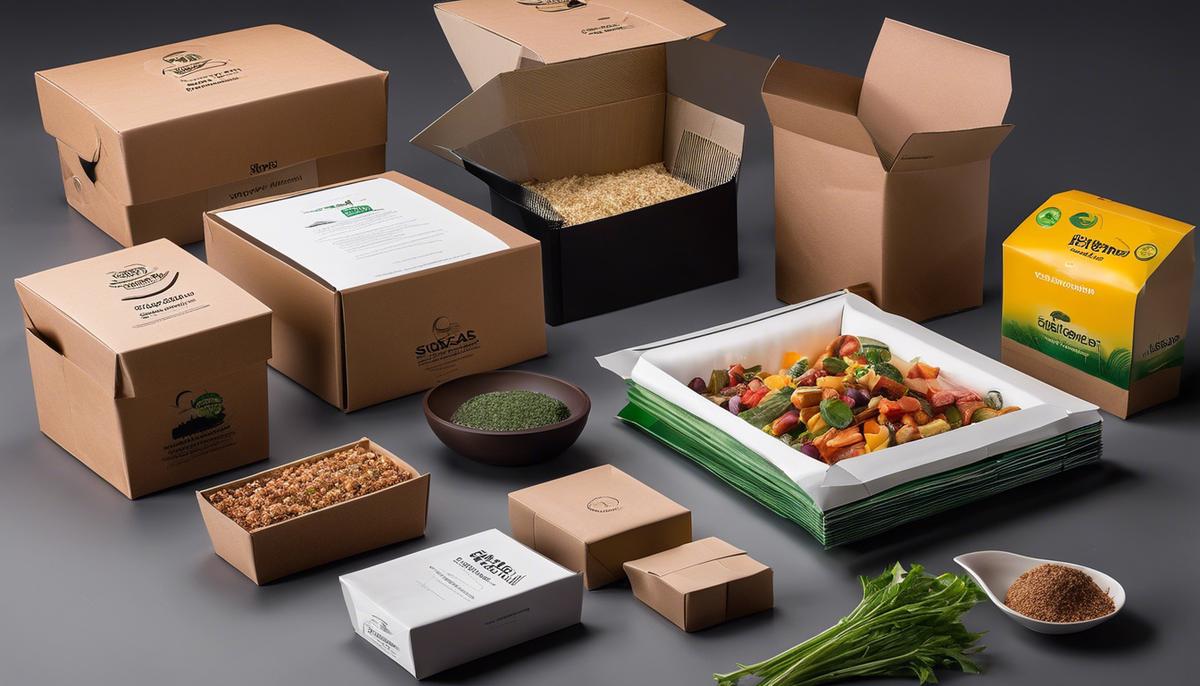
Promising Materials for Sustainable Food Packaging
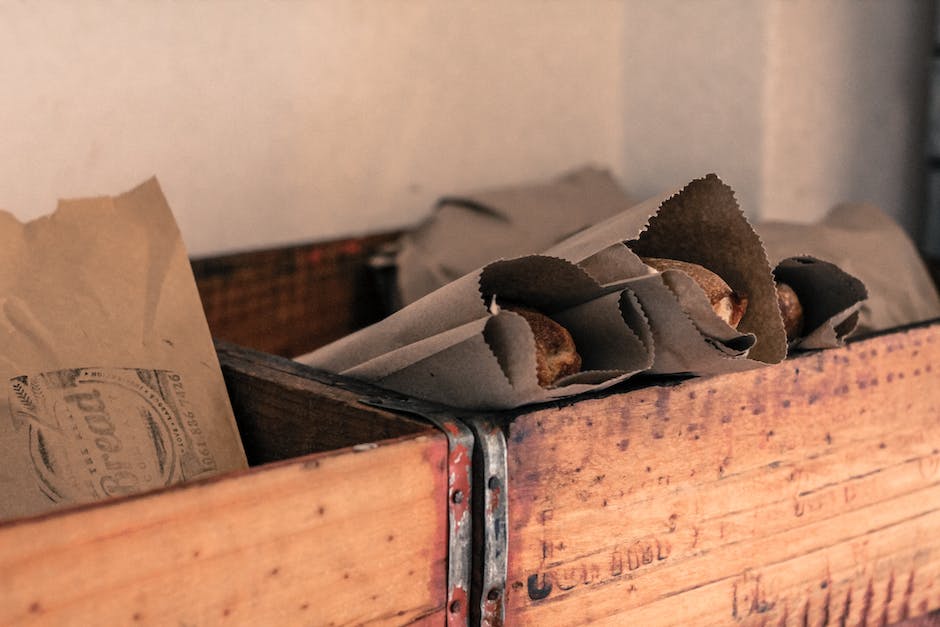
Challenges and Opportunities in Sustainable Food Packaging

Case Studies on Sustainable Food Packaging
